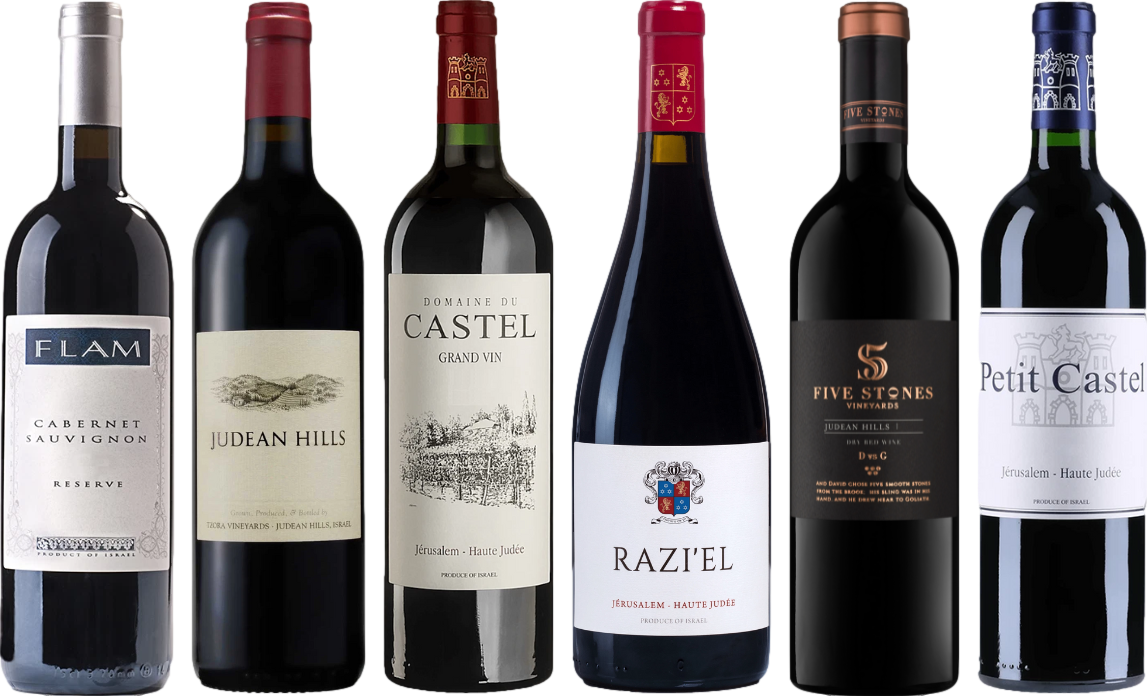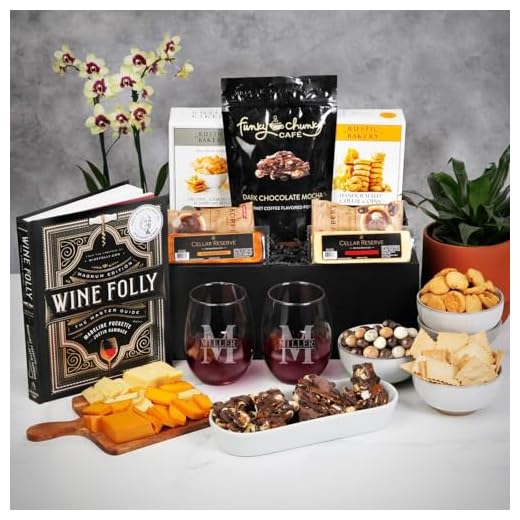



If you’re on the hunt for a wine that offers a crisp finish without the sweetness, consider exploring Cabernet Sauvignon and Merlot. These varietals are renowned for their balanced profiles, showcasing earthy notes and dark fruit flavors that are not overshadowed by sugar. A well-structured Cabernet from regions like Napa Valley or Bordeaux can provide a rich experience, perfect for pairing with hearty dishes.
Another excellent choice is Syrah, particularly those from Northern Rhône. With its bold tannins and complex aromas, this option delivers a spicy kick while remaining refreshingly dry. Look for bottles labeled as “Shiraz” from Australia for a fruit-forward yet still robust experience.
For a unique twist, try a Tempranillo from Spain. This grape produces wines that are both savory and subtle, with a beautiful acidity that complements its dryness. Aged versions, especially those from Rioja, can add layers of flavor, making them an enticing choice for your next meal.
Exploring lesser-known varietals like Sangiovese or Grenache can also yield delightful discoveries. These wines often present a medium body and a delightful balance of fruit and earthiness, making them versatile companions at the table. Always look for options with a lower residual sugar content to ensure a truly dry experience.
Choosing a Selection of Non-Sweet Varieties
For those seeking a non-sweet experience, consider options like Cabernet Sauvignon, known for its rich structure and bold flavors, often exhibiting notes of dark fruits and spices. Another excellent choice is Merlot, which offers softer tannins and a fruit-forward profile, making it accessible yet complex.
Syrah/Shiraz stands out with its peppery undertones and dark berry flavors, ideal for those who appreciate a robust character. If you’re interested in something a bit lighter, Pinot Noir is a fantastic option, showcasing bright acidity and red fruit notes without any residual sweetness.
For an intriguing alternative, explore Tempranillo, a Spanish varietal that provides earthy and leathery nuances alongside its fruitiness. Malbec also deserves attention; its deep color and velvety texture pair well with hearty dishes.
Remember to check the labels for indications of dryness, such as the absence of sweetness descriptors, and inquire about the winemaking techniques employed, as these can significantly influence the final product. Enjoy the exploration of flavors and find the perfect match for your palate.
Identifying Dry Red Wine Varietals
For those seeking a refined experience, consider exploring these varietals known for their lack of sweetness:
- Cabernet Sauvignon: Rich and bold, often with notes of dark fruits, cedar, and tobacco. Its high tannin content contributes to a structured and dry palate.
- Merlot: Smooth and approachable, this grape offers flavors of plum and black cherry, with a softer tannin profile compared to Cabernet, yet remains firmly in the dry category.
- Syrah/Shiraz: Known for its spicy and fruity characteristics, this varietal can range from medium to full-bodied, typically showcasing black pepper and dark berry notes.
- Malbec: Often associated with Argentina, this grape delivers rich flavors of blackberry and plum, balanced with a dry finish and moderate tannins.
- Tempranillo: A staple of Spanish wines, it offers a unique combination of cherry, leather, and earthy undertones, finishing with a satisfying dryness.
When selecting a bottle, look for terms such as “full-bodied” or “high tannin,” as these usually indicate a more arid profile. Tasting notes often reveal hints of oak or spice, which can also enhance the perception of dryness. Always consider the vintage and region, as these factors influence the overall flavor and character.
Pairing options are abundant. A Cabernet Sauvignon complements grilled meats, while Merlot pairs beautifully with roasted vegetables. Syrah matches well with barbecued dishes, and Malbec is fantastic with spicy cuisine. Tempranillo shines alongside tapas, enhancing the dining experience.
Tasting Notes: Characteristics of Dry Red Wines
Look for wines with a firm structure, where tannins provide a solid backbone without overwhelming the palate. Varietals like Cabernet Sauvignon and Syrah often showcase this balance, delivering rich flavors of blackcurrant and dark berries, complemented by hints of spice and earthiness.
Pay attention to acidity; a well-crafted bottle will feature a lively freshness that enhances the overall experience. Merlot typically offers softer tannins and a smoother mouthfeel, often revealing notes of plum and chocolate, making it an approachable choice.
The complexity of aromas is crucial. Expect a bouquet that evolves in the glass, presenting layers of fruit, oak, and sometimes herbal undertones. Malbec, for instance, can exhibit deep plum and blackberry notes alongside a subtle smokiness from oak aging.
Textural elements should not be overlooked. A satisfying mouthfeel will linger pleasantly, with flavors that resonate long after the sip. Pinot Noir stands out here, often providing a silky texture with bright red fruit and floral nuances, making it versatile for food pairings.
Finally, consider the finish. A quality selection will leave a lasting impression, with flavors that unfold gradually. Look for wines that maintain their character, whether it’s the robust finish of a Zinfandel or the elegant aftertaste of a Grenache.
Understanding Sugar Content in Wines
For those exploring the nuances of fermented grape beverages, recognizing the impact of sugar levels is paramount. The residual sugar content significantly influences the overall taste profile, especially for selections characterized by low sweetness. Look for options with a residual sugar content of less than 1 gram per liter to ensure a more tannic and crisp experience.
Measuring Sweetness
To quantify sweetness, understand the different scales used in the industry. The Brix scale, commonly used in viticulture, measures sugar content in grapes before fermentation. A Brix reading of 20 indicates a higher sugar level, while lower readings suggest a drier outcome post-fermentation. Wines with a Brix level around 23 to 25 typically yield more fruity and intense flavors, while those below 20 often produce a more balanced, less sugary profile.
Factors Influencing Sugar Levels
Several factors contribute to the sugar content in fermented beverages. Climate conditions during the growing season affect grape ripeness, leading to varying sugar concentrations. Additionally, winemaking techniques–such as fermentation duration and the choice of yeast–play a significant role in determining final sweetness. For instance, prolonged fermentation often results in lower residual sugar, yielding a more robust and less sweet experience.
| Sugar Content (g/L) | Tasting Notes | Recommended Pairings |
|---|---|---|
| 0-1 | Bold, tannic, often fruit-forward | Grilled meats, rich sauces |
| 1-5 | Subtly sweet, easy-drinking | Charcuterie, soft cheeses |
| 5-10 | Fruity, approachable, round | Spicy dishes, barbecue |
For those considering how to clean outdoor spaces like plastic fencing, I recommend checking out the best cleaber for pressure washing plastic fencing for efficient results.
Food Pairing Tips for Dry Red Wines
When it comes to pairing, focus on the flavor profiles of the varietals. For example, a Cabernet Sauvignon with its bold tannins and dark fruit notes pairs beautifully with grilled meats, particularly steak or lamb, where the richness of the protein complements the wine’s structure.
For a lighter option, Pinot Noir’s acidity and berry flavors work well with roasted chicken or duck. The subtlety of these dishes allows the wine’s complexity to shine without overpowering it.
Cheese and Charcuterie Matches
Cheese boards are an excellent way to explore flavor combinations. Try a Merlot with aged cheddar or gouda; the creaminess of the cheese balances the wine’s fruitiness. For a spicier red, like a Syrah, consider pairing it with peppered salami or blue cheese, enhancing the earthy notes of the wine.
Vegetarian Dishes
Don’t forget about plant-based meals. A Grenache, with its bright fruit and spice, can elevate dishes like roasted vegetables or mushroom risotto. The earthy flavors in these meals complement the wine’s profile, creating a harmonious experience.
Experimenting with these pairings can lead to delightful discoveries, enhancing both the food and the drink. Always consider the weight of the dish and the wine, aiming for balance to create a memorable dining experience.
Regional Differences in Dry Red Wine Production
In France, regions like Bordeaux and Burgundy are renowned for producing exceptional varietals with low residual sugar. Bordeaux’s Merlot and Cabernet Sauvignon often exhibit a structured profile, while Burgundy’s Pinot Noir emphasizes elegance and finesse.
Italy showcases diversity with regions such as Tuscany and Piedmont. Chianti, primarily made from Sangiovese, delivers tart cherry and herbal notes, whereas Barolo, from Nebbiolo grapes, offers complexity and aging potential with its robust tannins.
Spain’s Rioja region is known for Tempranillo, which can be both fruity and spicy, often aged in oak to enhance its character. The cooler climate of the northern regions, like Ribera del Duero, produces wines with greater acidity and concentration.
In the United States, California’s Napa Valley is famous for its bold Cabernet Sauvignons, which often feature rich fruit flavors and a velvety mouthfeel. Meanwhile, Oregon’s Willamette Valley, with its cooler climate, excels in crafting nuanced Pinot Noir that highlights terroir.
Australia’s Barossa Valley is celebrated for Shiraz, showcasing ripe berry flavors and peppery spice, while cooler regions like Tasmania focus on lighter styles that emphasize freshness and acidity.
South America, particularly Argentina, is known for Malbec, which brings dark fruit flavors and plush tannins, while Chile’s Carménère offers a unique blend of fruitiness and herbal notes, reflecting its terroir.
Each region imparts distinct characteristics, influenced by climate, soil, and winemaking traditions, making the exploration of these differences a rewarding experience for enthusiasts. Understanding these regional nuances enhances appreciation and guides food pairings.








